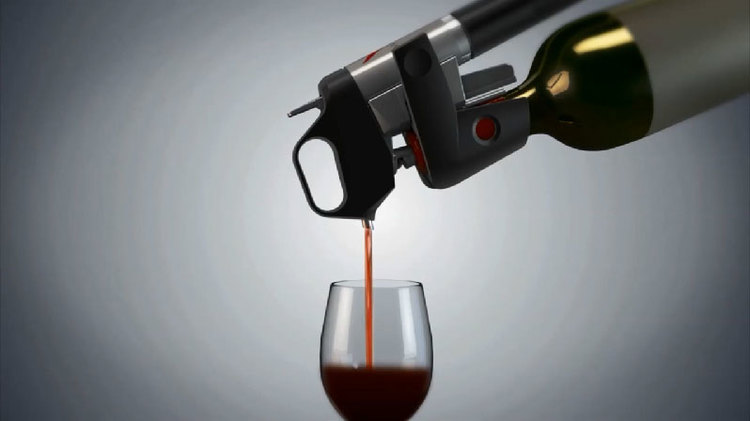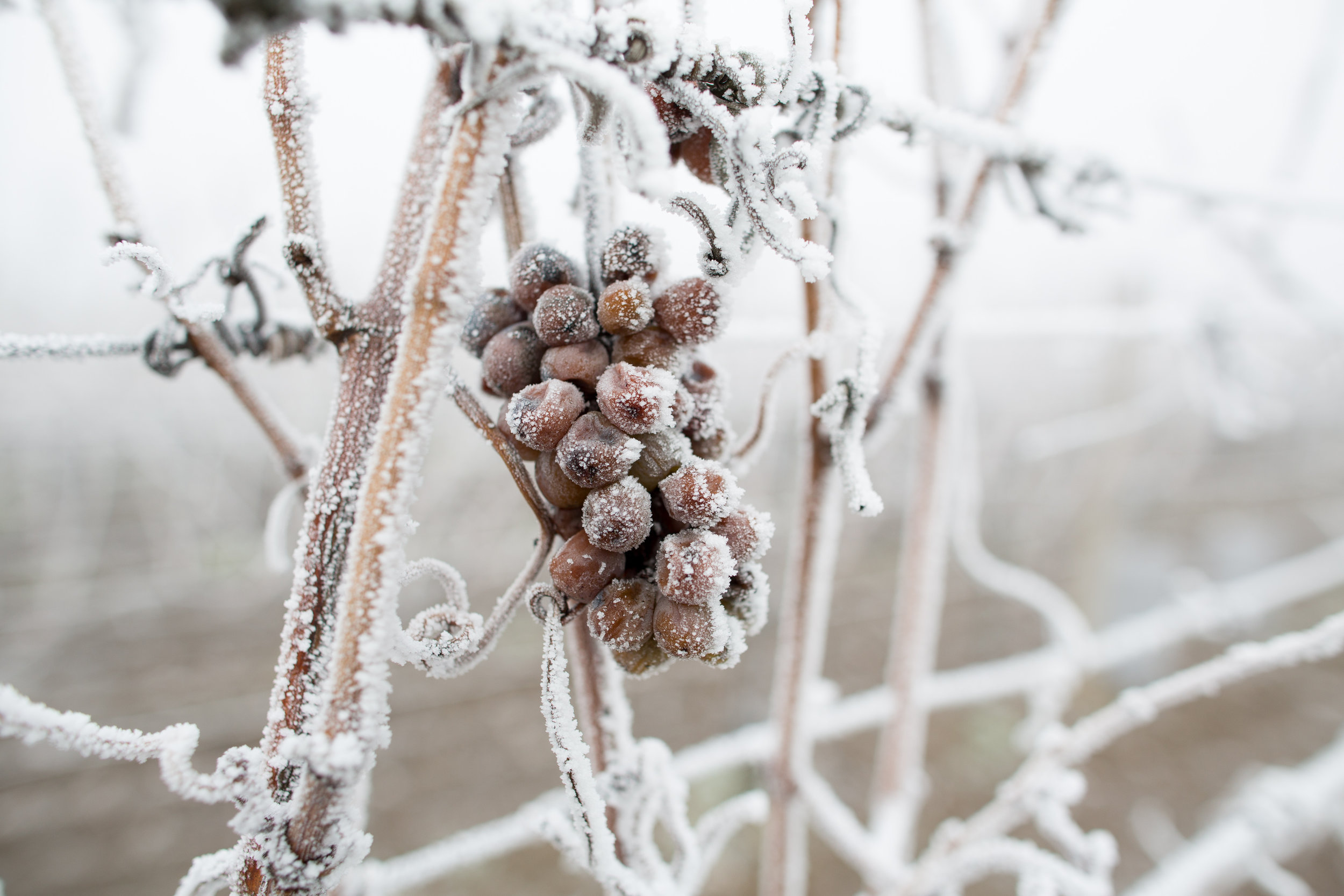A Revolutionising Tool for the Wine Industry - Coravin
Currently enjoying a glass on Phelps Napa Cabernet from 2011, a lovely wine although not as luscious and ripe and the even lovelier 2010. But this posting is not to discuss vintage variation but to introduce Coravin. This is truly a revolutionising tool and we highly recommend all yachts to have one on board. The wine in the glass is from a bottle we’ve ‘opened’ three months ago and it still is just as fragrant and fresh as when first tasted. As you know, wines generally only hold for a few days once you opened the bottle before they start losing fruit and freshness due to oxygen ingress. Some wines can hold for longer and on some lighter whites and very light and technological rosés they even loose the freshness from one day to the other. The technology provided through the concept of Coravin however, has changed that. It is now fully possible to serve Petrus by the glass to demanding charter guests and then serve from the same bottles to another charter a few months later!
The concept is invented by Greg Lambrecht who wanted to be able to open several bottles at one time without having to drink it all or through it down the sink. ‘My dream was to magically pour wine from bottles without ever pulling the cork. The remaining wine could then go back in my cellar, so that I could enjoy it again, whenever I desired’.
‘What followed was a decade of development and testing until I had a system that left the cork in place, but still delivered great glasses of wine, indistinguishable from untouched bottles’.
The way it works is that instead of opening the bottle, you push down a needle through which you inject an inert gas called argon that protects the wine from oxidation. Through the small needle (you then poor the wine. If it sounds tricky here is a video to watch).
As for the choice of Argon as inert gas here is what Greg told Decanter;
Why argon gas?
‘While developing Coravin, I tried a variety of gasses to determine which was best in ensuring the wine in the bottle didn’t change during or after access by Coravin. I tried nitrogen, argon, helium and mixtures of argon and carbon dioxide.
‘It quickly became apparent that nitrogen and argon were best. Both are used in the winemaking process today to protect wine from oxidation at various points during bottling. But ultimately argon is more reliable in protecting wines of different varieties and vintages.
‘Argon is one of the noble gases, like helium. It is completely inert: it has no known chemical reactions and is completely odorless and colourless. I call it an antisocial gas; it doesn’t even like itself! Most importantly, it is also heavier than air. This means that when the Coravin needle is through the cork but you are not pouring any wine, argon resists the entry of oxygen into the bottle. These two properties of being completely inert and heavier than air is why it is so reliable at helping prevent changes on the nose and palate of wines that have been accessed using Coravin.’
Coravin has recently become available in Europe for around 300€ including two of the Argon capsuls. I have had one for a few months and I love it! It has really changed the way I drink; we now can have four different wines per evening and compare vintages, regions, producers without being ruined. If I had had this device during my Master of Wine studies I would have had more money in the bank by now, or another hand bag!
In case you would be interested in buying one please go here.
Make sure to buy plenty of capsules, they don’t last too long.




